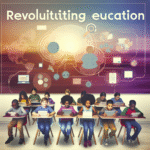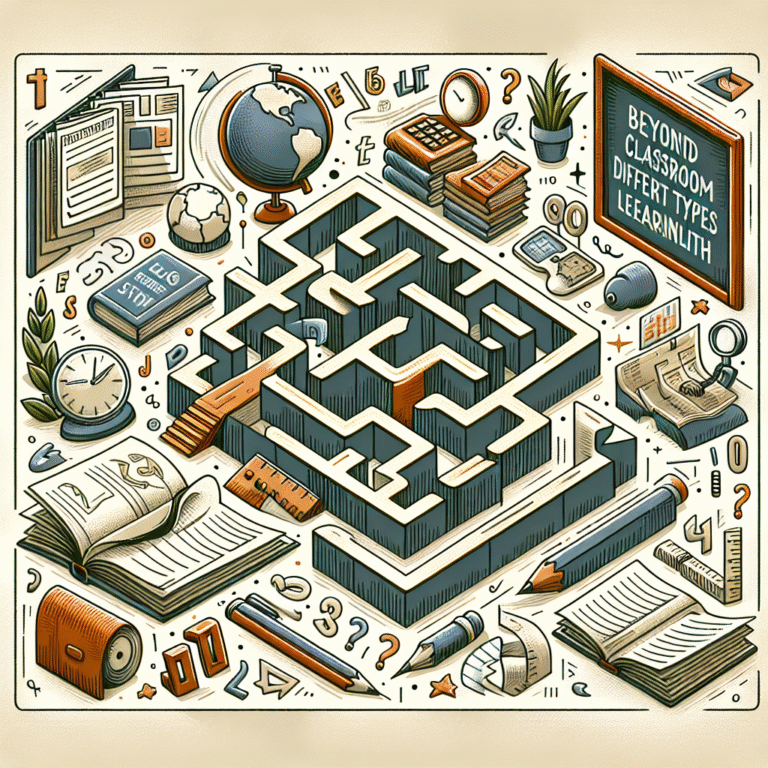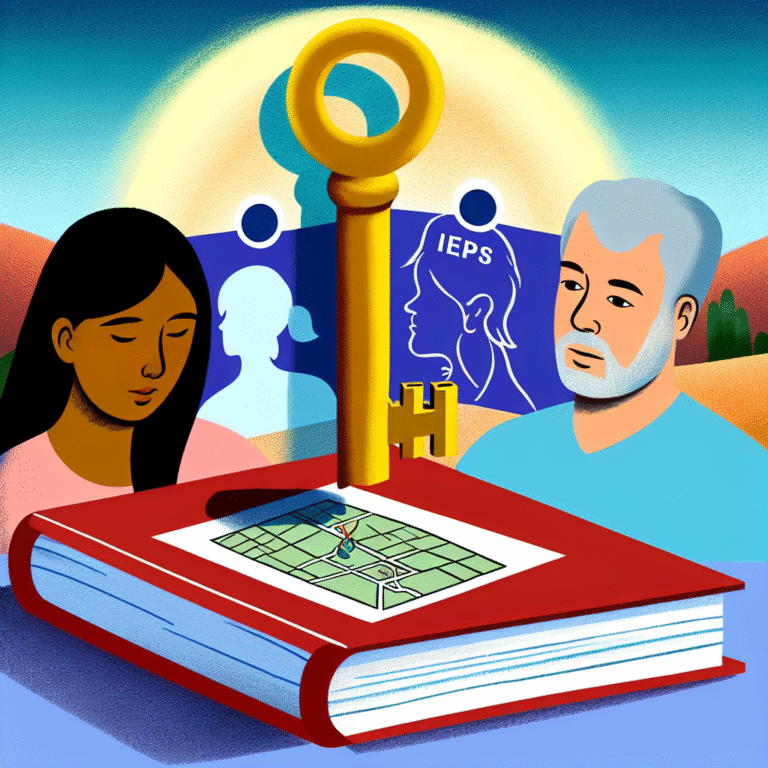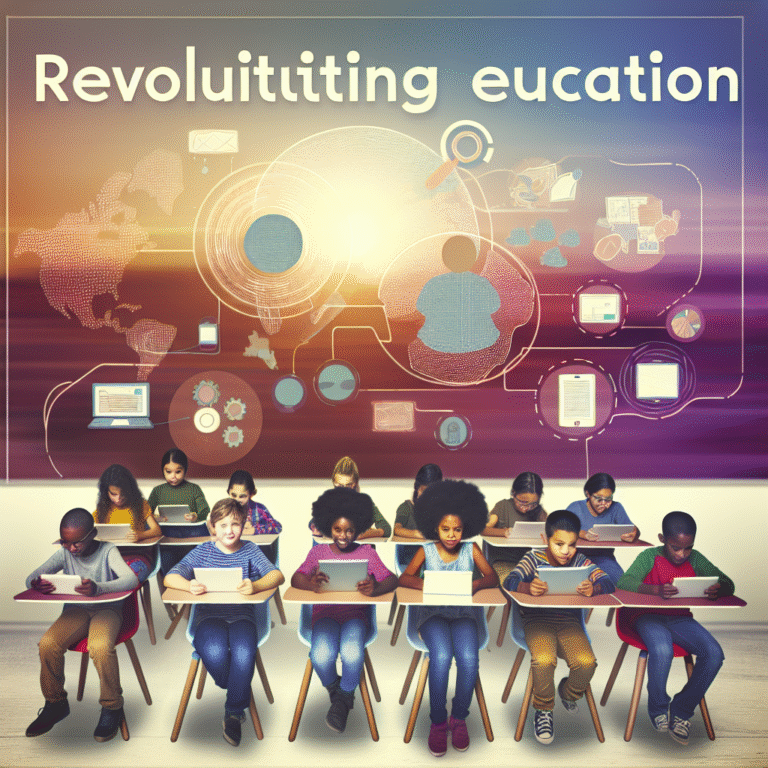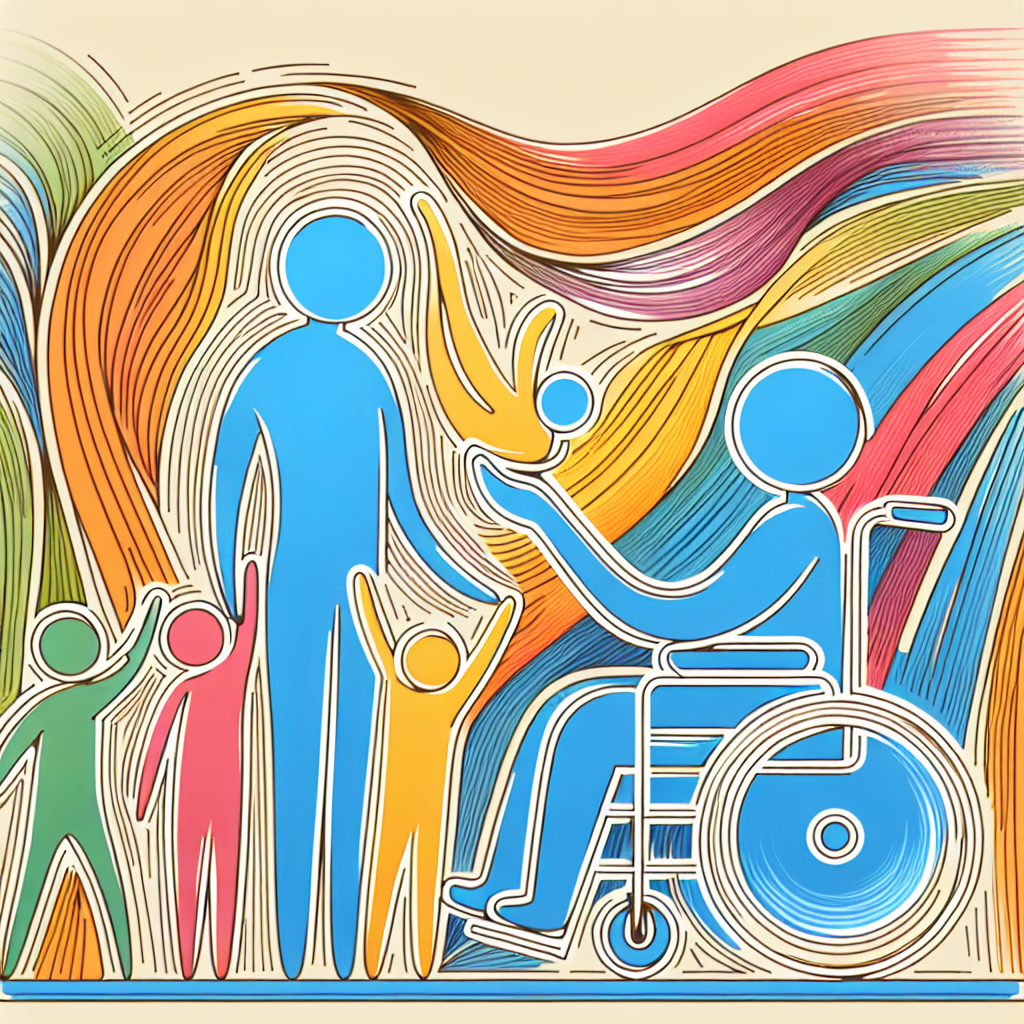
Empathy and Understanding: Fostering Social Connections in Learners with Disabilities
Introduction
In today’s society, fostering connections and understanding among individuals of all abilities is more critical than ever. Among the key themes in promoting inclusivity is the concept of empathy—an essential foundation for nurturing social connections, especially in learners with disabilities. This article delves into the importance of Empathy and Understanding: Fostering Social Connections in Learners with Disabilities, emphasizing real-world applications and providing actionable insights for educators, parents, and community members.
Imagine a classroom where every student feels valued, understood, and connected to one another, regardless of their abilities. Picture the positive impact on learning outcomes and emotional well-being when empathy serves as the guiding principle for interactions. By prioritizing these values, we can build a society that recognizes the worth of every individual, paving the way for meaningful relationships and collaborative learning experiences.
The Importance of Empathy in Fostering Social Connections
Understanding Empathy: A Critical Component
At its core, empathy involves recognizing and sharing the feelings of others, which can significantly impact social dynamics. In educational settings, this understanding is vital for creating an atmosphere where learners with disabilities feel welcomed and included. According to research, empathy can foster deeper connections, promote cooperative learning, and reduce instances of bullying and isolation.
The Impact of Empathy on Learners with Disabilities
For learners with disabilities, empathy serves as a bridge to social acceptance and emotional support. When peers and educators practice empathy, it can lead to improved self-esteem and emotional resilience, enabling learners to thrive in both academic and social contexts.
Case Study: The Role of Peer Buddies in Special Education
A fascinating example of Empathy and Understanding: Fostering Social Connections in Learners with Disabilities can be observed in a study implemented at a local high school. Here, educators established a "peer buddy" program, pairing students with disabilities with their peers.
Using daily reflection journals, students documented their experiences, highlighting the transformative power of empathy. One student noted, "My buddy helped me feel like I belong—people see past my disability." This initiative not only fostered connections but also taught empathy as a lifelong skill, proving its crucial role in inclusivity and emotional support.
Strategies for Cultivating Empathy in Educational Settings
Fostering empathy involves not just a commitment to inclusion but also actionable strategies. Here, we explore practical methods that educators and parents can employ to promote empathy among learners—enhancing social connections in those with disabilities.
1. Empathy Education Programs
Integrating empathy education into the curriculum can have lasting effects. Programs designed to explore social-emotional learning (SEL) allow students to understand different perspectives and experiences:
| Program Feature | Description |
|---|---|
| Role-Playing | Students act out various scenarios, helping them experience another’s emotions. |
| Story Sharing | Facilitating group discussions around personal stories encourages understanding and compassion. |
| Community Outreach | Engaging with community members with disabilities fosters real-world connections. |
2. Promoting Inclusive Activities
Creating inclusive environments where all students can participate equally is vital for fostering social connections. Group projects or collaborative tasks enable learners with disabilities to contribute their unique strengths, helping to normalize diverse abilities.
Case Study: The Artist’s Collective
An arts-based project, "The Artist’s Collective," engaged students with and without disabilities. By combining their unique talents—painting, acting, and music—students cultivated meaningful friendships and respect for each other’s capabilities. This collective effort demonstrated that Empathy and Understanding: Fostering Social Connections in Learners with Disabilities not only enriched their creativity but also strengthened the bonds within the classroom.
The Role of Parents and Community
1. Home-School Collaboration
Parents play a crucial role in modeling empathy and understanding. Open communication between parents and educators can enhance strategies to encourage inclusive behaviors. Regular meetings and collaborative events can bridge gaps, ensuring a unified approach to fostering social connections.
2. Community Engagement
Encouraging community members to participate in school activities promotes empathy beyond the classroom. Creating partnerships with local organizations that support individuals with disabilities allows learners to engage in real-world scenarios, nurturing both understanding and social connections.
The Benefits of Empathy-Building Activities
Fostering empathy through various activities yields myriad benefits, including:
- Strengthened Social Skills: Learners develop essential communication skills and the ability to navigate social interactions.
- Reduced Behavioral Issues: Empathetic environments often see decreased incidents of bullying and conflict.
- Enhanced Academic Performance: Students who feel emotionally supported are more likely to engage in academic endeavors effectively.
Measuring the Impact of Empathy and Understanding
Assessing Outcomes
To gauge the effectiveness of empathy-building initiatives, educators can leverage various assessment tools:
| Assessment Tool | Purpose |
|---|---|
| Surveys & Questionnaires | Gather student feedback on feelings of inclusion and support. |
| Peer Reviews | Allow students to evaluate one another’s engagement in empathetic behaviors. |
| Academic Performance | Analyze academic results before and after implementing empathy strategies. |
Case Study: Real Data from Social Skills Training Programs
A notable study examined social skills training for children with autism spectrum disorder (ASD). By fostering empathy through targeted activities, researchers found that 80% of participants showed improvement in social interactions, while 75% formed new friendships, demonstrating the effects indicated in Empathy and Understanding: Fostering Social Connections in Learners with Disabilities.
Challenges and Considerations
Implementing empathy-building strategies is not without challenges. Factors such as resistance to change, lack of training for staff, or insufficient resources can hinder progress. Overcoming these hurdles requires ongoing professional development and community support, ensuring that all stakeholders are equipped to foster empathy.
Conclusion
The journey of Empathy and Understanding: Fostering Social Connections in Learners with Disabilities begins with each one of us. By prioritizing empathy in our educational systems and communities, we pave the way for more profound connections and friendships. As we work together to create inclusive spaces, we enable learners with disabilities to shine and thrive, enriching the lives of everyone involved.
Call to Action
As an educator, parent, or community member, reflect on how you can integrate empathy into your daily interactions. Consider initiating programs that promote understanding, engaging all learners and celebrating diversity in abilities. Take small but deliberate steps toward fostering a community that values empathy, creating lasting change for future generations.
FAQs
1. What are some simple ways to teach empathy to children?
Teaching empathy can be as simple as encouraging children to share their feelings, actively listening, and modeling compassionate behavior in everyday interactions. Storytelling is also an effective tool, demonstrating varied perspectives and emotions.
2. How can we overcome resistance to inclusivity in schools?
Addressing resistance starts with providing education and awareness. Organizing workshops that highlight the benefits of inclusivity can persuade stakeholders about creating a supportive environment for all learners.
3. Why is empathy important for learners with disabilities?
Empathy plays a crucial role in fostering connections and self-esteem. When supported through empathetic interactions, learners with disabilities are better equipped to navigate social situations and build friendships.
4. Are there specific programs that promote empathy in schools?
Yes, programs focused on social-emotional learning (SEL), anti-bullying initiatives, and mentorship schemes can significantly promote empathy in educational settings, positively influencing social connections.
5. How can parents facilitate empathy in their children’s lives?
Parents can model empathetic behaviors, encourage open discussions about feelings, and involve children in community service projects, enhancing their understanding and compassion for others with disabilities.
By focusing on Empathy and Understanding: Fostering Social Connections in Learners with Disabilities, we can create an environment where every learner feels respected, supported, and valued, leading to a brighter future for all.


